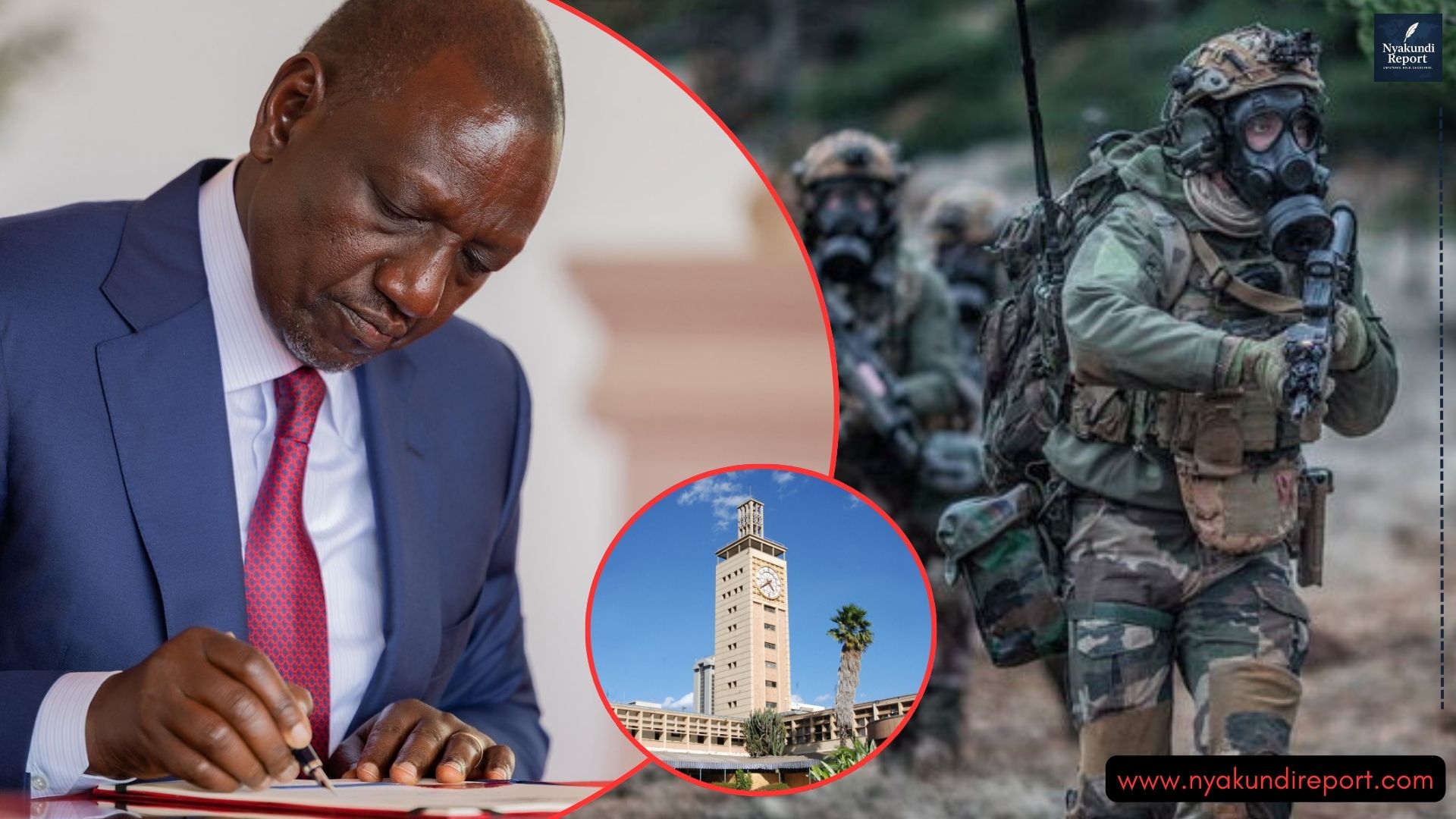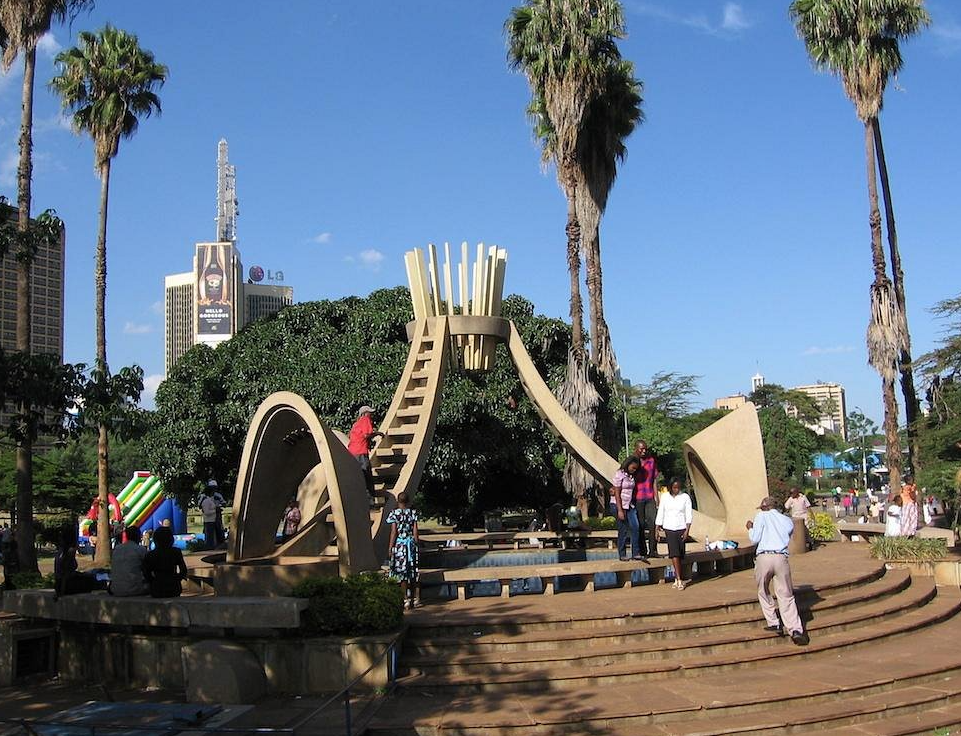Mango farming in Kenya is a smart and rewarding agribusiness venture. Mangoes are among the most consumed fruits in Kenya and are also in high demand in the international market.
With minimal care and the right conditions, mango trees can produce hundreds of fruits per season. Whether you’re a smallholder or commercial farmer, mangoes offer excellent returns.
This guide explains everything you need to know about mango farming in Kenya, from planting to harvesting and selling your fruits locally and abroad.

Mango Farming In Kenya for Beginners and Commercial Growers
Mangoes grow well in several parts of Kenya. Most production comes from eastern and coastal regions, thanks to the hot, dry climate and well-drained soils.
Best Mango Growing Areas in Kenya
Mangoes are mainly grown in these counties:
- Makueni
- Machakos
- Kitui
- Taita Taveta
- Embu
- Kajiado
- Mwea
- Baringo
- Thika
- Murang’a
These areas offer the right mix of sunshine, moderate rainfall and fertile soils—ideal conditions for high mango yields.
Common Mango Varieties Grown in Kenya
Kenyan farmers grow both local and exotic mango varieties, including:
- Apple – Sweet and firm with long shelf life
- Tommy Atkins – Large, juicy and fibre-rich
- Kent – Soft flesh with less fibre
- Ngowe – Known for its long shape and sweet taste
- Dodo, Boribo, Batawi – Common local varieties with strong flavour
Choose a variety depending on your target market—local or export.
Ecological Conditions Needed
Mangoes perform best under the following conditions:
- Rainfall: Between 850mm and 1000mm annually
- Temperature: Between 15°C and 30°C
- Soil: Deep, well-drained soils with a pH of 5.5 to 7.5
Before planting, test your soil to ensure it supports mango growth. You can add compost or organic manure to improve fertility.
How to Plant and Manage Mango Trees
Mango farming in Kenya is easy if you prepare the land well and take care of the trees as they grow.
Land Preparation and Planting
Start by ploughing the land deeply and removing all weeds. After ploughing, level the ground slightly to avoid water stagnation. A mild slope helps drain excess rainwater.
Planting space: Use a spacing of 5 metres by 5 metres to allow the trees to spread and get enough sunlight.
Propagation methods:
- For local varieties, use seeds directly from the fruit.
- For exotic varieties, use grafting—graft a healthy scion onto a strong local rootstock.
Grafted mangoes start producing fruits after 2–4 years. On average, each tree yields 200 to 500 fruits per season when mature.
Pruning and Tree Management
Pruning is very important to improve air circulation and boost fruit quality. After every harvest, remove dead branches and weak shoots. Also, cut away any part of the tree that blocks sunlight from reaching the middle of the plant.
Proper pruning also helps reduce disease and pest infestation.
Protecting and Selling Your Mangoes
Pest and disease control, along with market access, are the final keys to successful mango farming in Kenya.
Common Mango Pests and Diseases
Mangoes are attacked by several pests that can reduce yields and damage the fruits.
Common pests include:
- Mango seed weevil
- Fruit flies
- Red spider mites
- Thrips
- Mealybugs
You can control pests using insecticides and pesticides like Emerald, Loyalty, Lexus, and Alonze. Always follow instructions and observe safety when spraying.
Common diseases include:
- Anthracnose – Causes black spots on leaves and fruits
- Powdery mildew – Appears as white powder on leaves and flowers
- Die-back – Leads to drying of branches from tip to base
To control diseases, spray with fungicides such as Trinity Gold, Ransom, and Green Cop. Practice proper spacing and avoid overwatering to reduce disease spread.
Where and How to Sell Your Mangoes
Mangoes have a strong market in Kenya. You can sell them in:
- Local open-air markets
- Supermarkets
- Roadside fruit stalls
- Hotels and restaurants
- Groceries and food stores
Export Market: Mango farming in Kenya also offers access to global markets. Reach out to fresh produce exporters and form partnerships to supply mangoes to Europe and the Middle East.
Exporters often require mangoes that meet strict quality and handling standards. This includes uniform size, clean skin, and good packaging.
Local price: One kilo of mangoes can sell from Ksh 20 to Ksh 50, depending on the variety, quality and season.






































